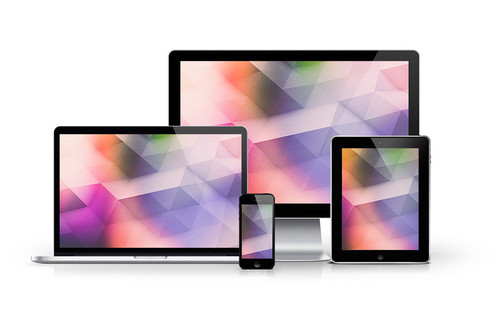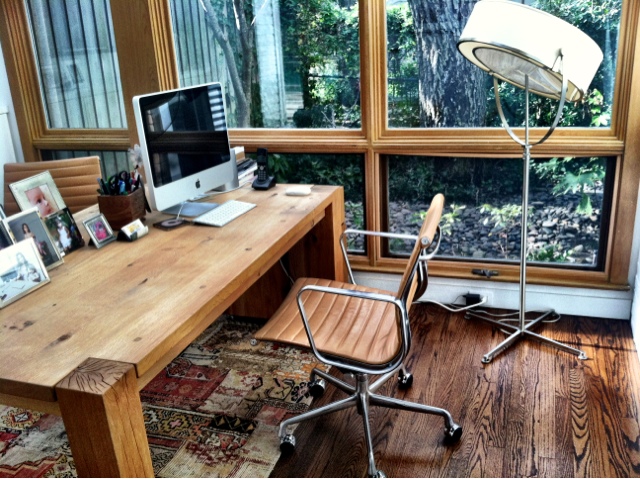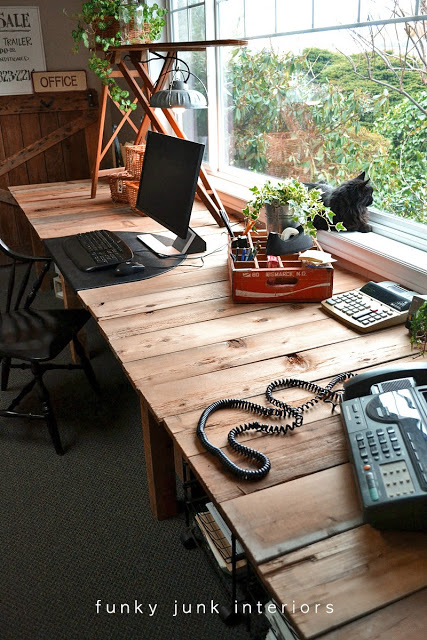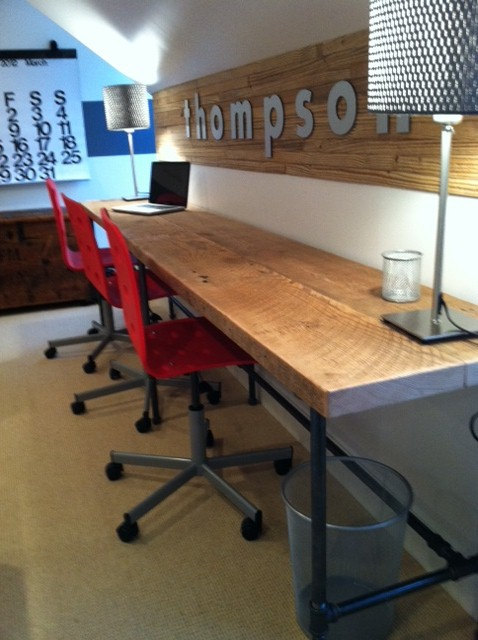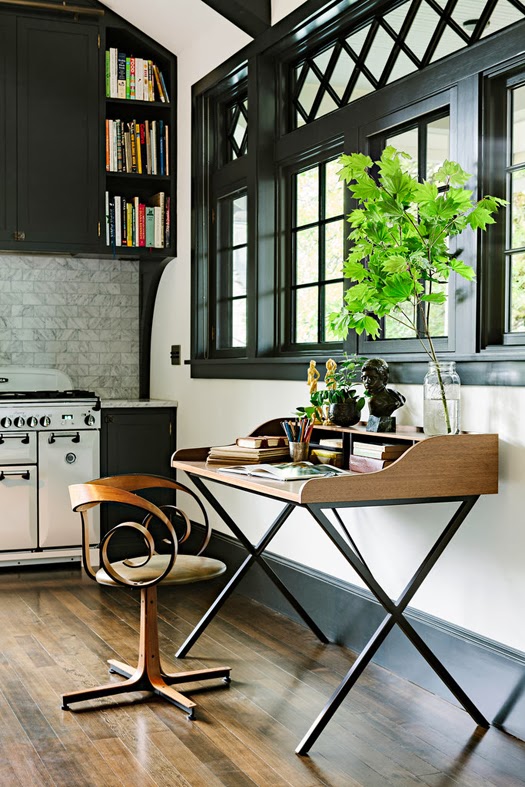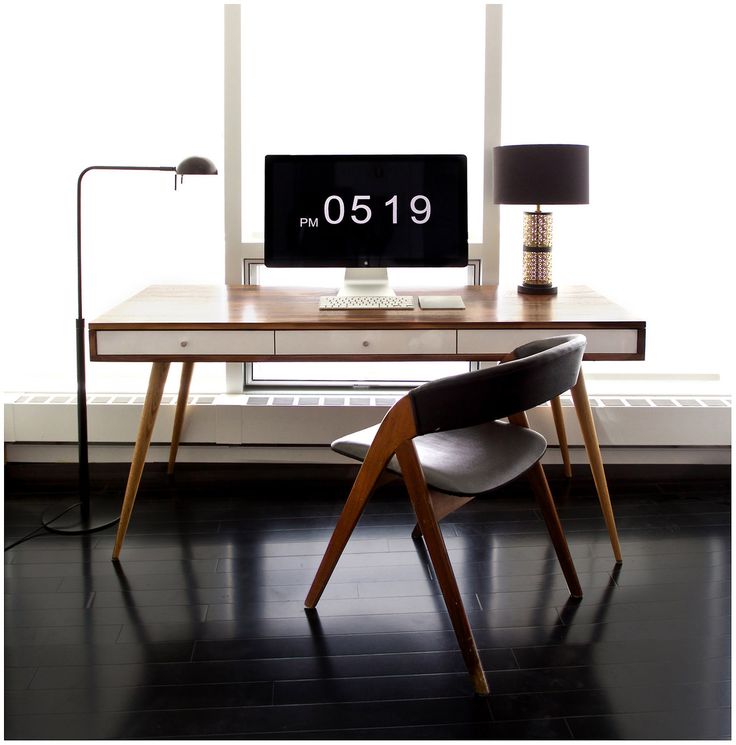
Finally! Its the new Colors Edition of Field Notes called Shelterwood. I’m sure you’ve already heard about it already and probably already opened your order, but in case you haven’t… admire it here.
These memo books are covered with a veneer of real wood, laminated to kraft paper. Inside is the same 70lb Finch text weight stock that Coudal has previously used in the “America The Beautiful” edition, this time with lines in “Maidenhair Green”. The staples are gold toned and the logo is silkscreened on the covers in white.

Other people have mentioned it but once the shrink wrap is removed, the books don’t close completely. The covers still feel fairly flexible though I probably wouldn’t risk folding the cover all the way back on itself for fear of cracking the spine.
Since I carry my Field Notes in a leather cover, the not-quite-closed covers don’t bother me at all. If you’re inclined to carry them in a shirt pocket, this might be a little annoying.
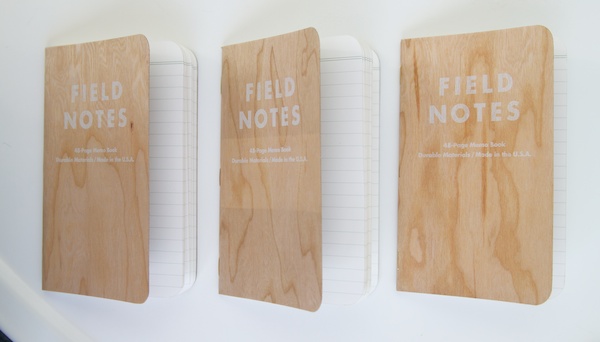
Opening the package, the books smell so good. It was like the books were imbued with fresh pencil shavings.
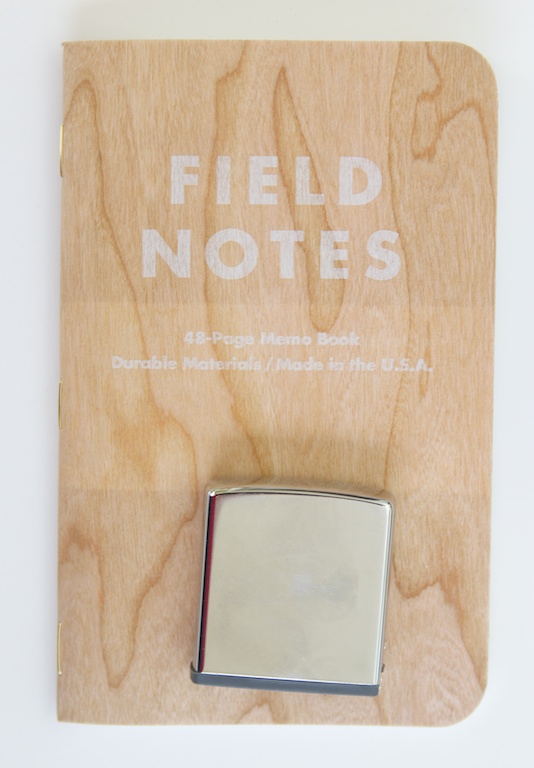
You’ll notice the book in the middle has faint “tan lines”. I had the books in the shrinkwrap with the belly band on, laying on my desk for about a week. For whatever reason, that caused the uncovered parts to darken slightly. If you are hoping to keep your Shelterwoods MINT, keep them out of the light.

Since the paper is similar to America The Beautiful, I didn’t do an extensive writing test. I know that some, but not all fountain pens, pencils, gel and ballpoints work great and markers like Sharpies will bleed terribly. So this time, I just lined them up and gave them a quick test. Results were consistent with the America The Beautiful.
If you love Field Notes, you’ll want to grab this limited edition while you can. If this is your first foray into Field Notes, be aware this is very different product from the regular editions. Enjoy it, collect it but just know this is something a little different.




